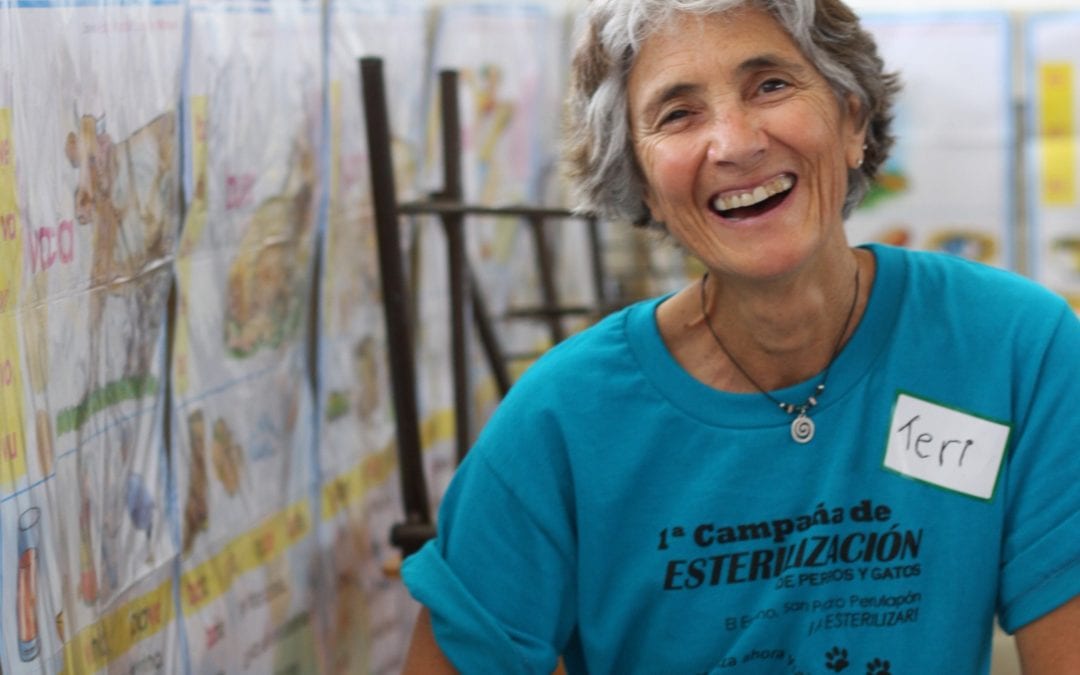The Salvadoran countryside is beautiful. Rolling hills with sugar cane, bananas, eucalyptus and palm trees.  The mango trees are currently full of succulent yellow-orange fruit.
All of this is set against a backdrop of volcanoes and shrouded in a soft mist.  The air smells of damp tropical foliage and exotic flowers.  The sky is a light cerulean blue, nothing like the sharp clear cobalt of Colorado skies.
In the relative quiet of El Espino, away from the city noise of San Salvador, the unfamiliar sounds of tropical birds echo through the trees.  The air itself feels soft and the humidity is near 85%. Everything is damp, wet, or actually dripping. Thunderheads build over the volcanoes daily and thunders rolls through the deep green valleys frequently.
My Spanish language skills include a handful of phrases and all the bad words my Spanish-speaking husband delights in teaching me. When I met some of the 1st and 2nd graders at the school here in El Espino I was happy to discover that they could care less how rudimentary my sentences were or how badly I mangled the grammar.  They were thrilled to answer all my questions “What is your name?†“Do you have a cat or dog?†“What color is it?â€
The high school volunteers who went through the basic spay/neuter training to assist the veterinarians and us were attentive, curious, and serious about this program in a way I found surprising.
Today was the first day of the campaign and we spayed or neutered 82 animals, 12 of which were cats. The number of cats in most spay/neuter campaigns in Mexico and Central America is much lower than dogs. There are several reasons for this; there are no ‘cat carriers’ and cats are transported in cloth bags or cardboard boxes. All the cats are indoor/outdoor so locating a cat to bring may be challenging. Most folks are carrying these animals as they walk from home. And, as in the United States, there is a perception that dogs are more important than cats and therefore more likely to be taken for a spay or neuter.
All the cats today were under the age of one and many were between 3-8 months old.  All but one was female.
Like many cat owners these pet parents obviously love their animals and many peeked into our recovery room to check the wake-up progress.  Once cleared for release, it was back into the boxes or cloth bags for the trip back home.
As an added benefit for improving my language skills, the cat recovery room is also the 1st grade classroom. The walls were covered in colorful, laminated posters with the names for farm animals, simple sentences, and a plethora of helpful pictures.  By the time I leave El Salvador I hope to speak Spanish like a 1st grader.  Actually, I’d settle for a 3-years-old’s vocabulary!

